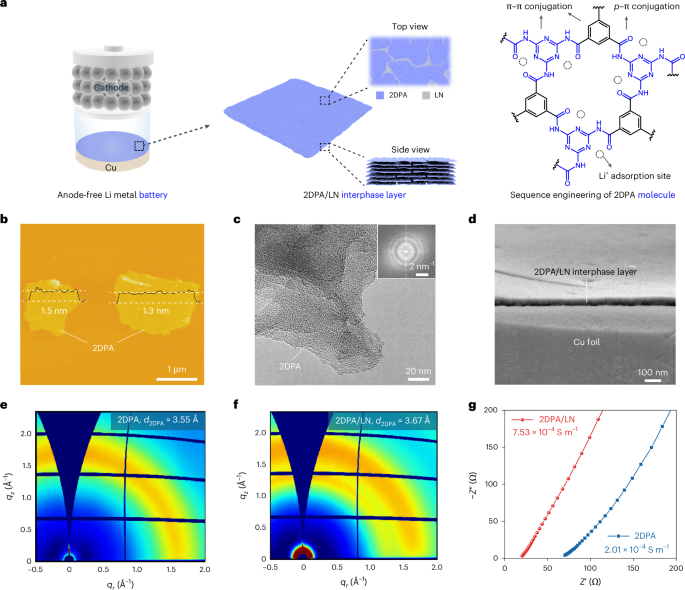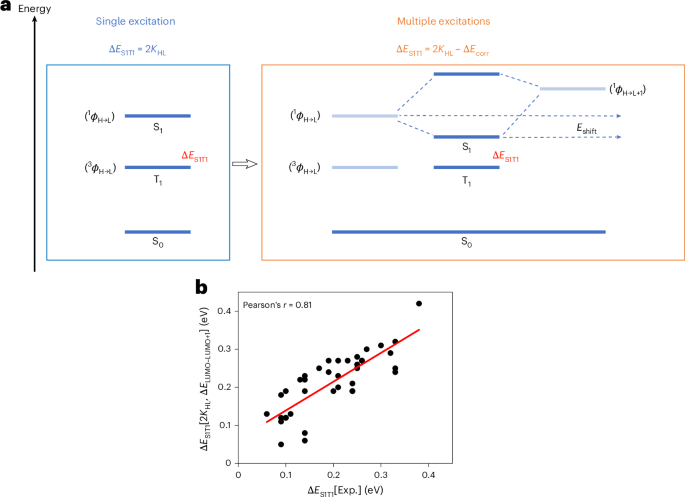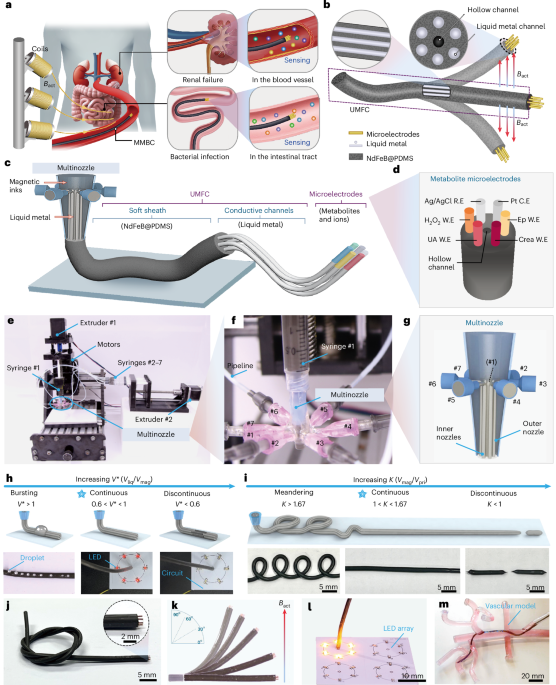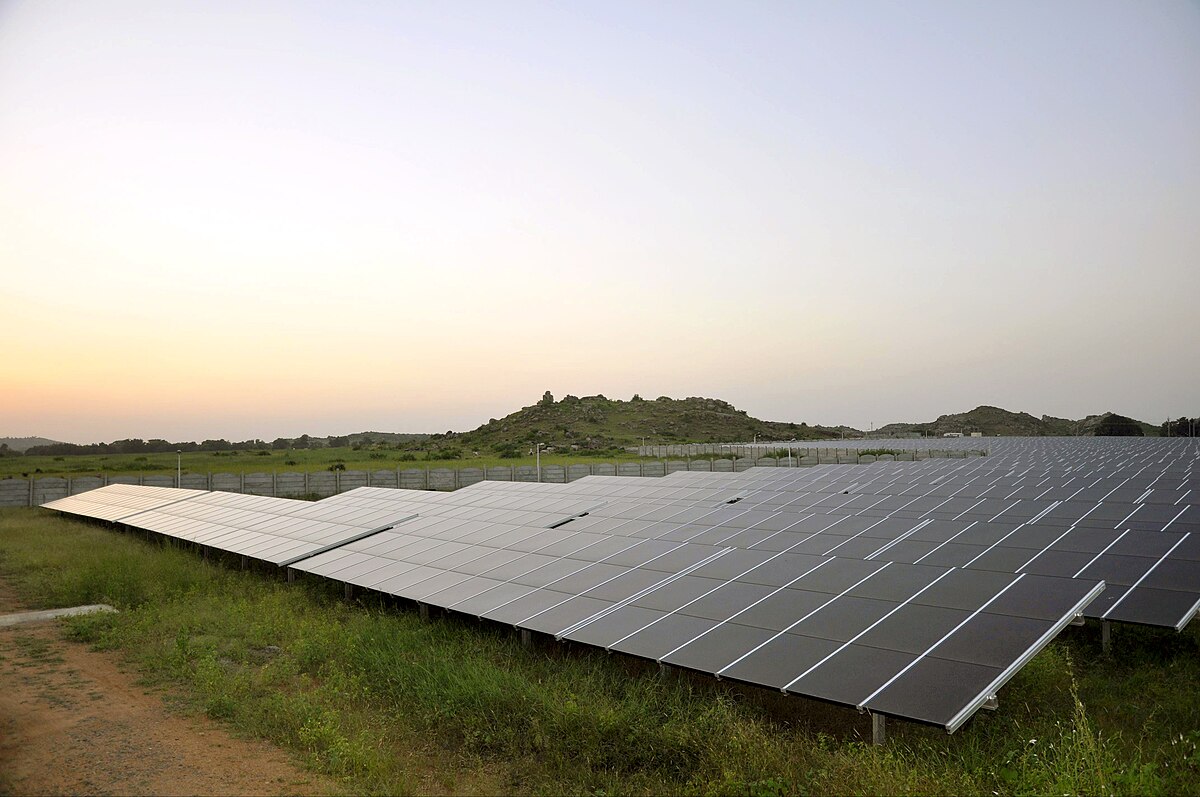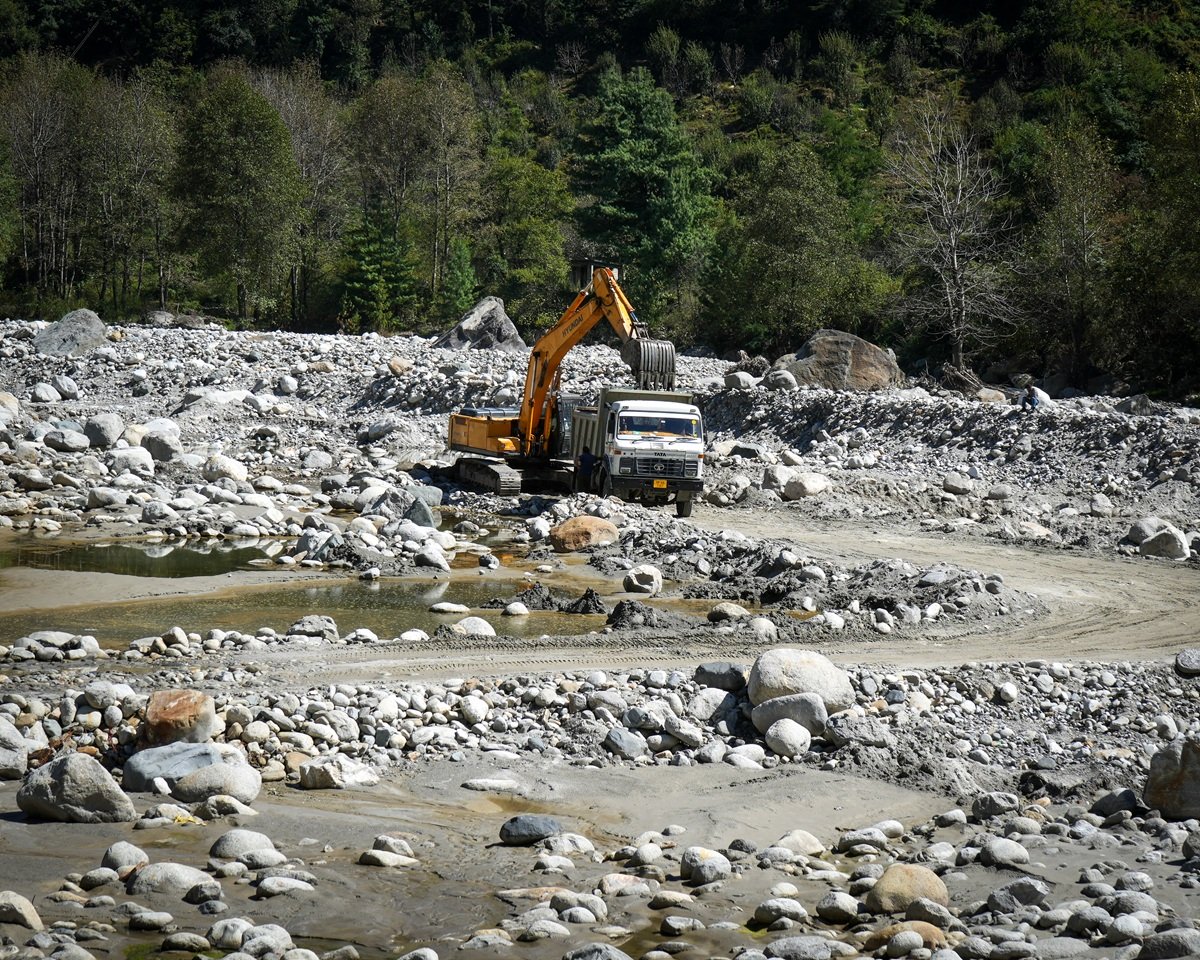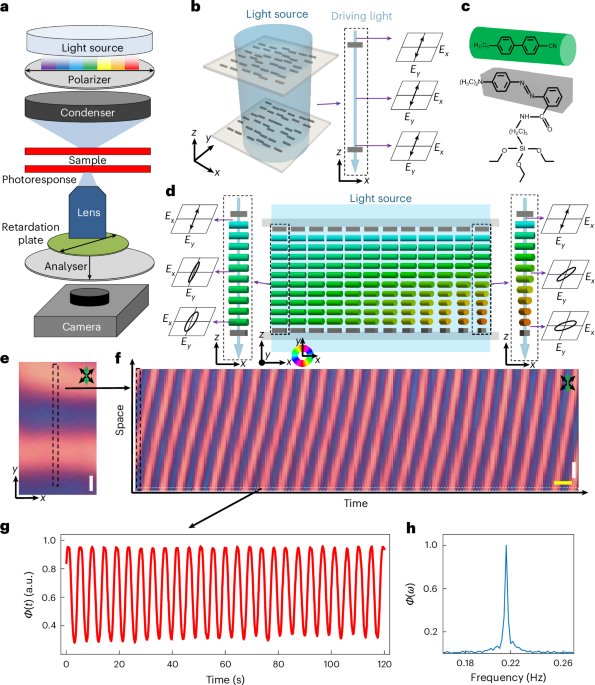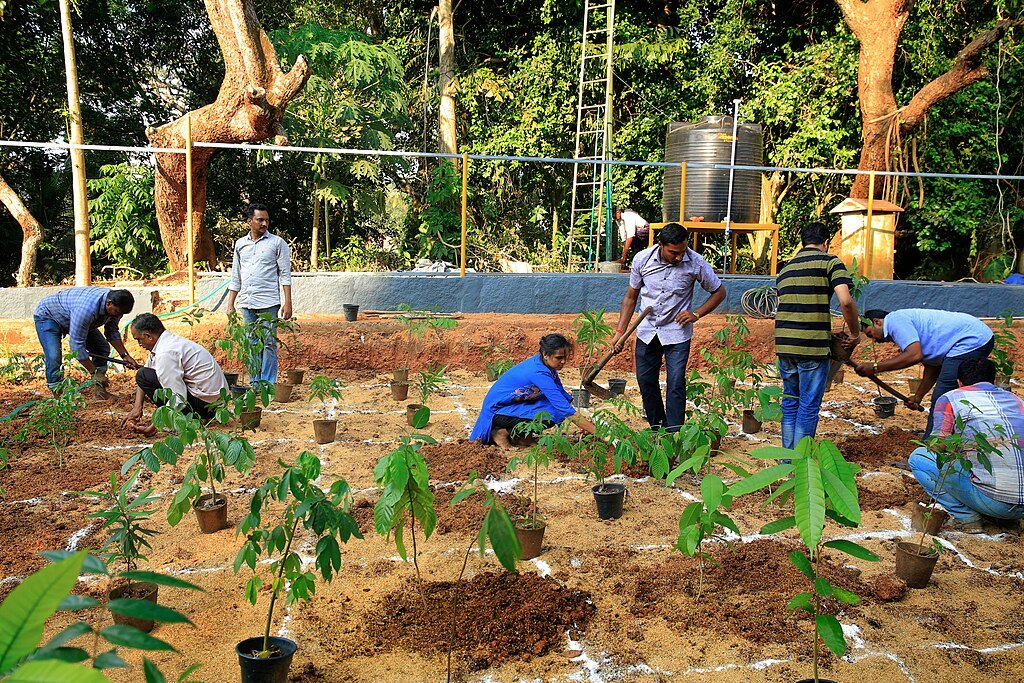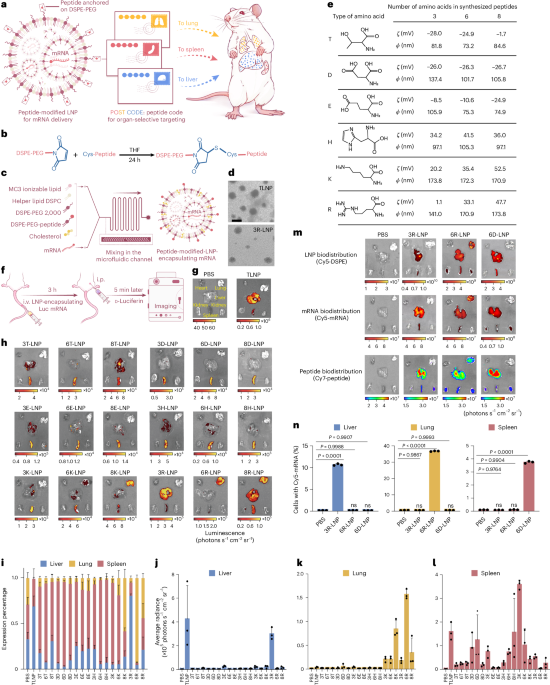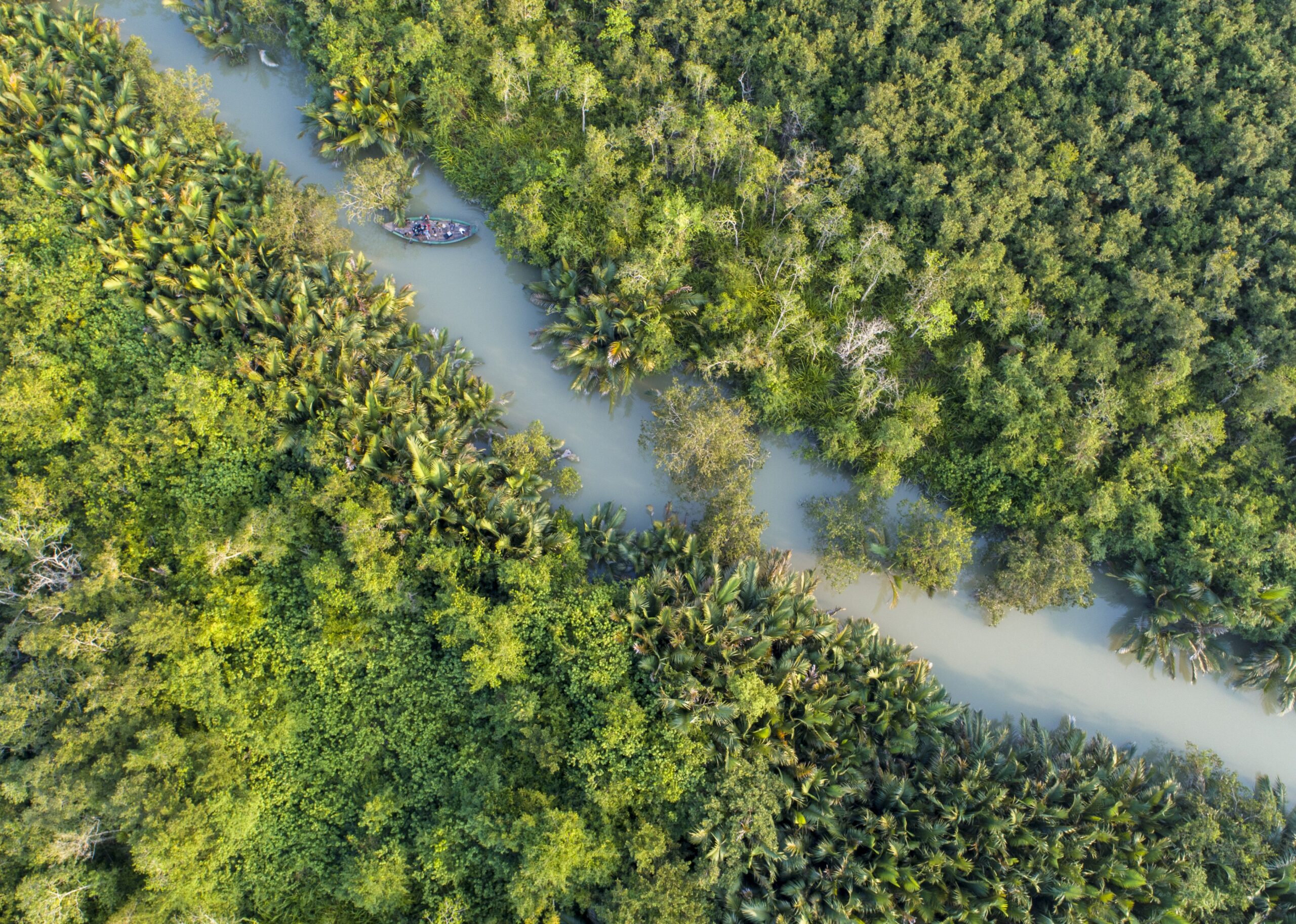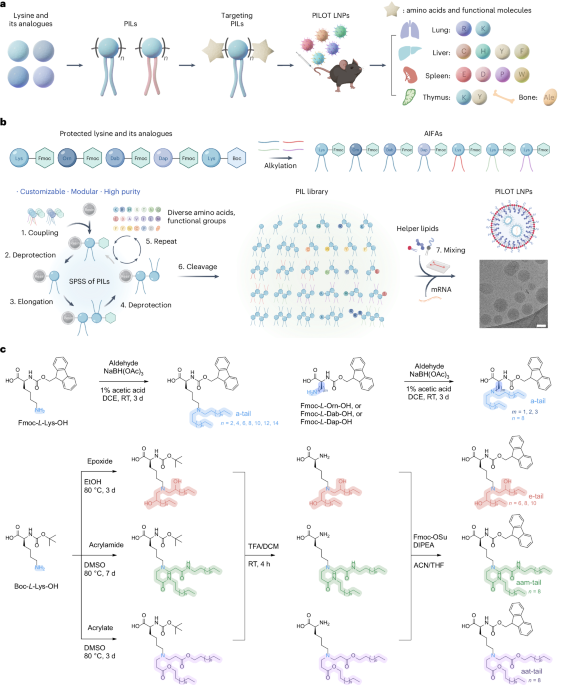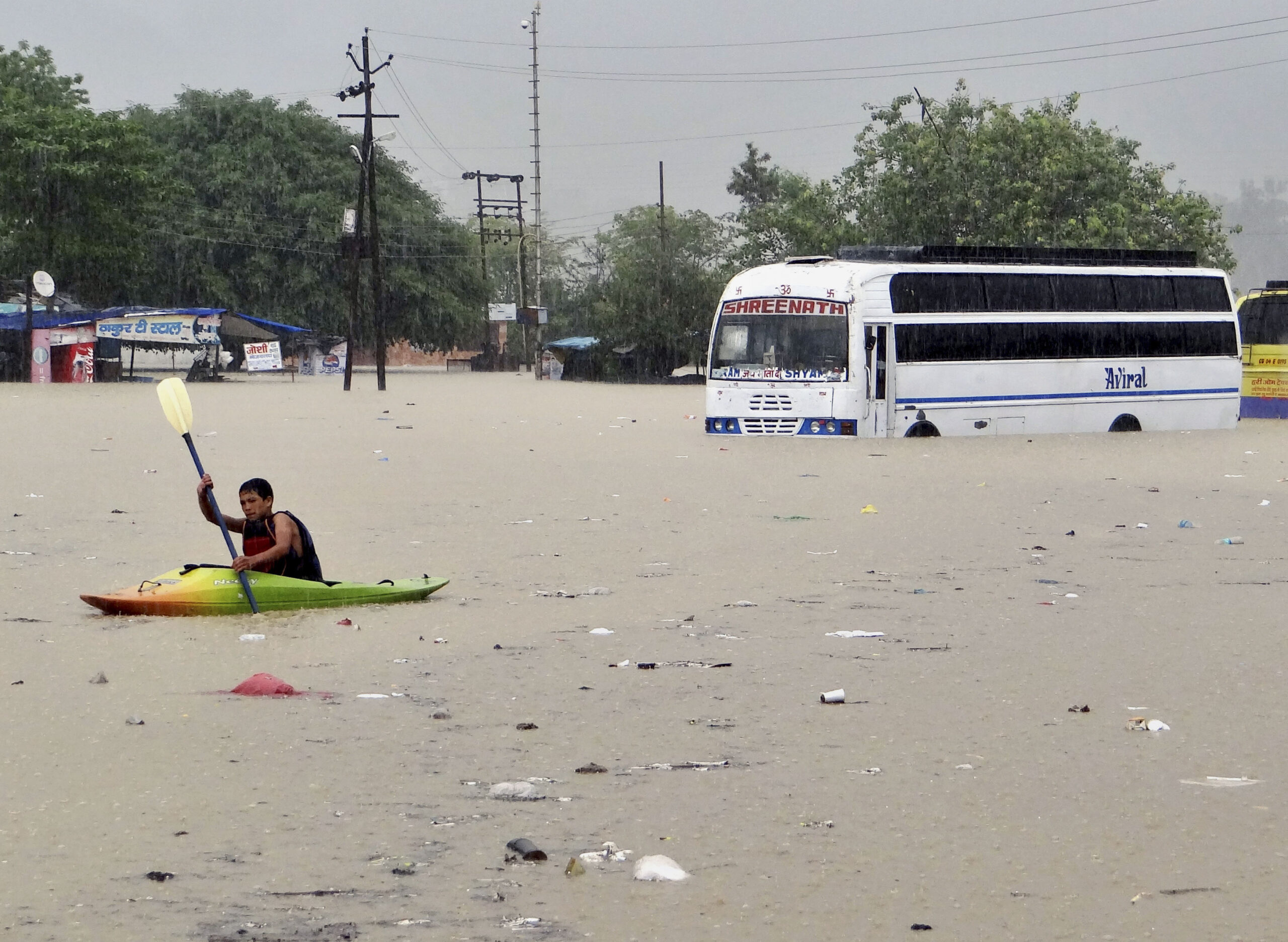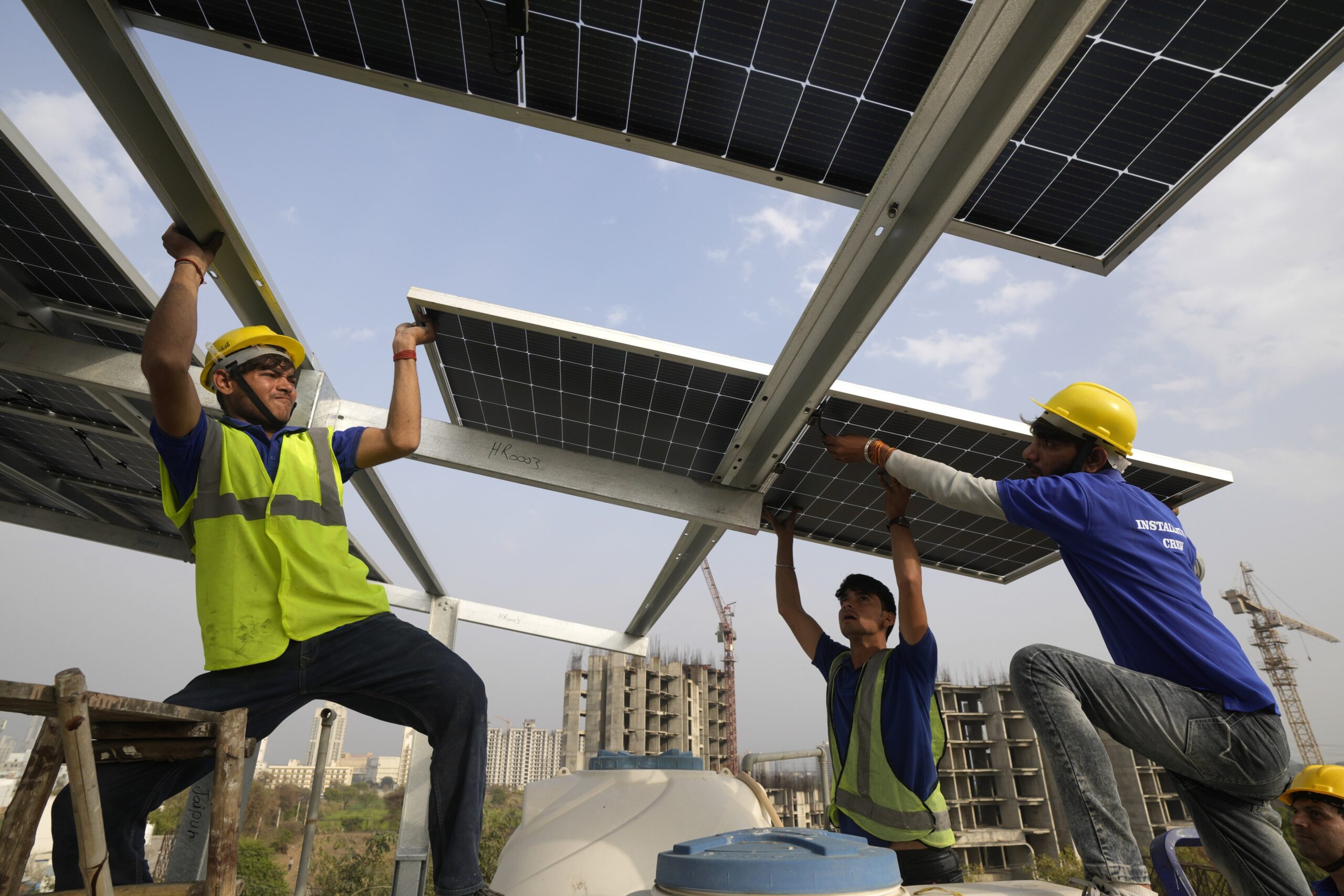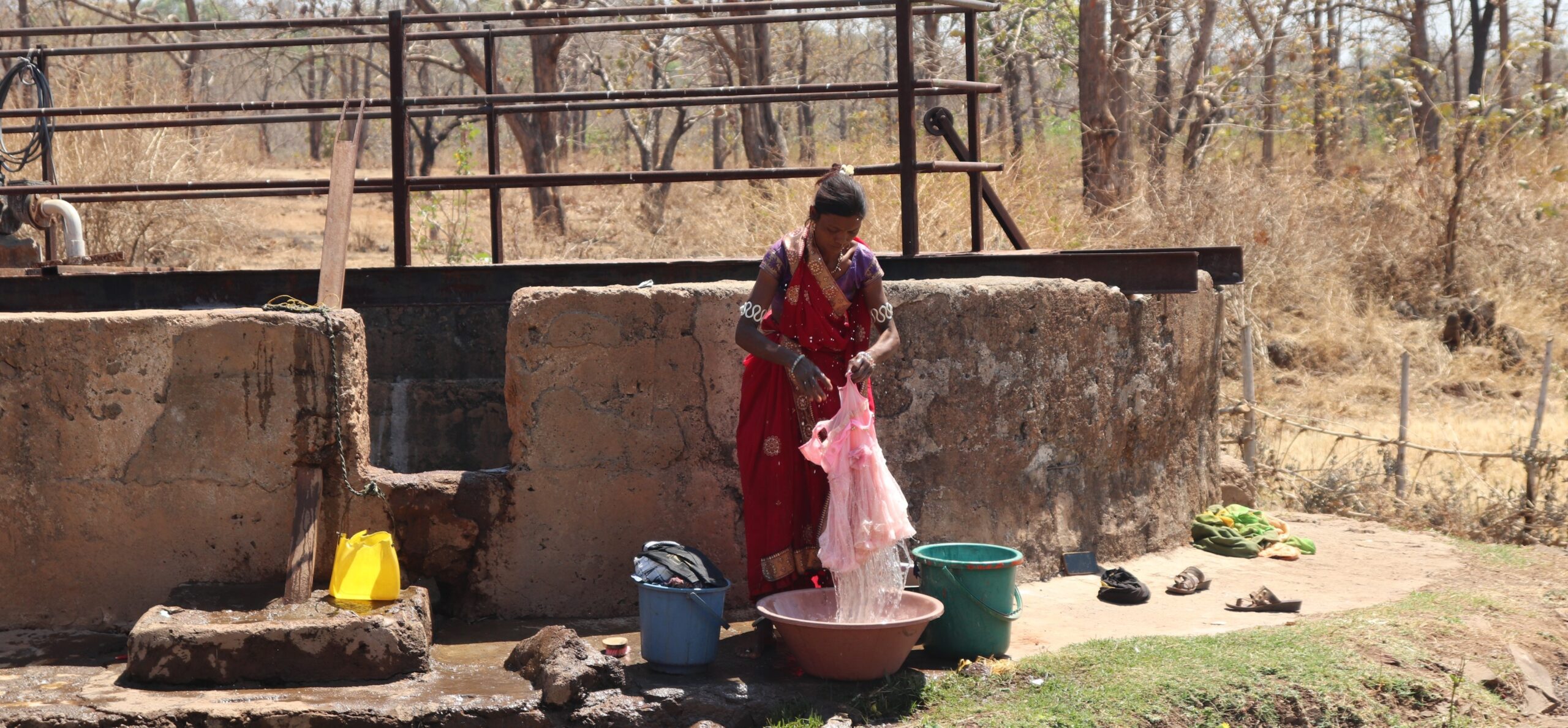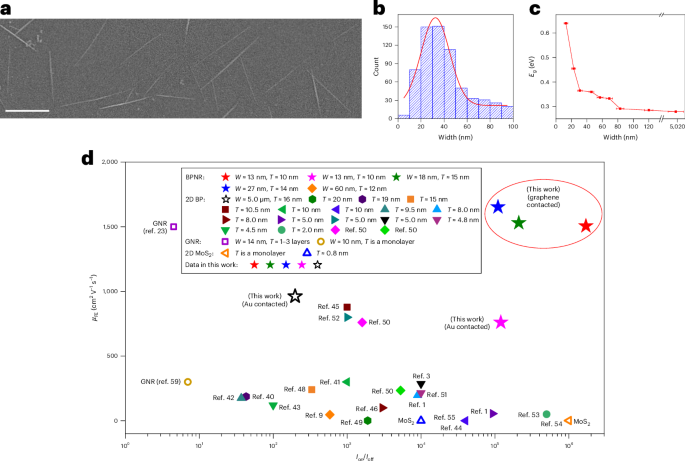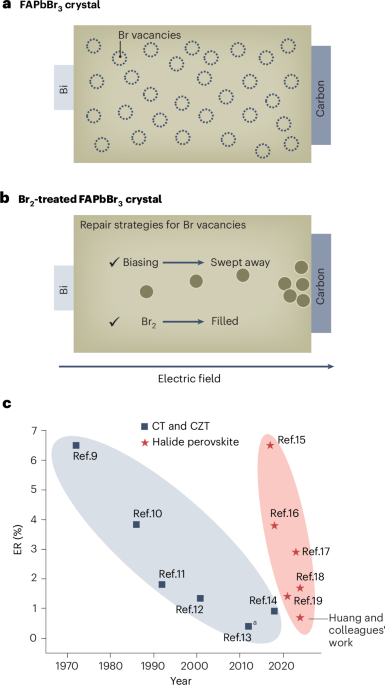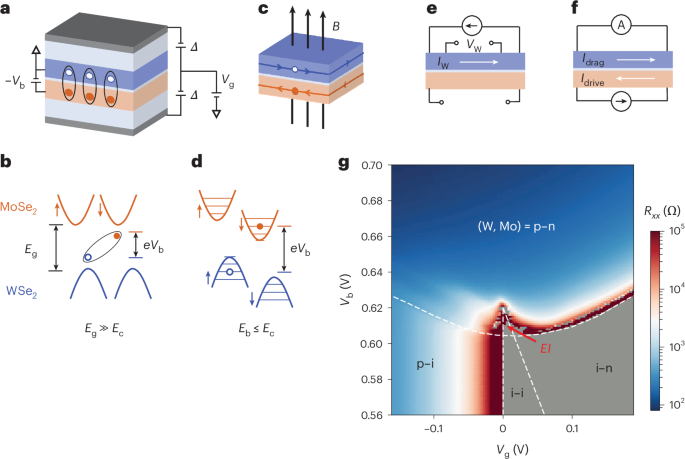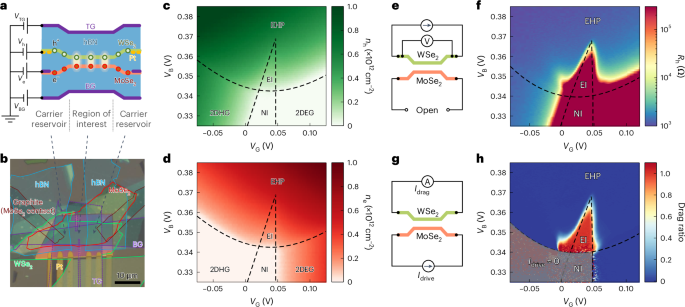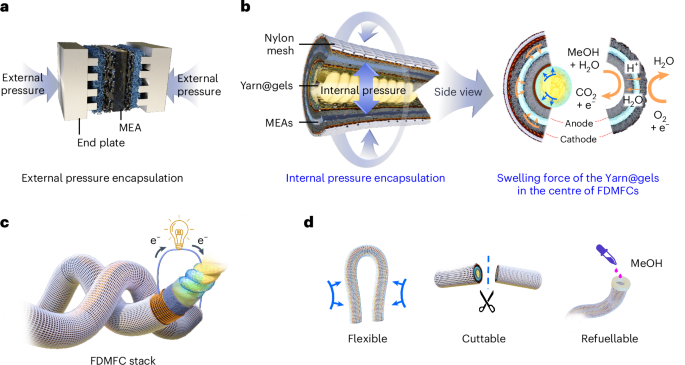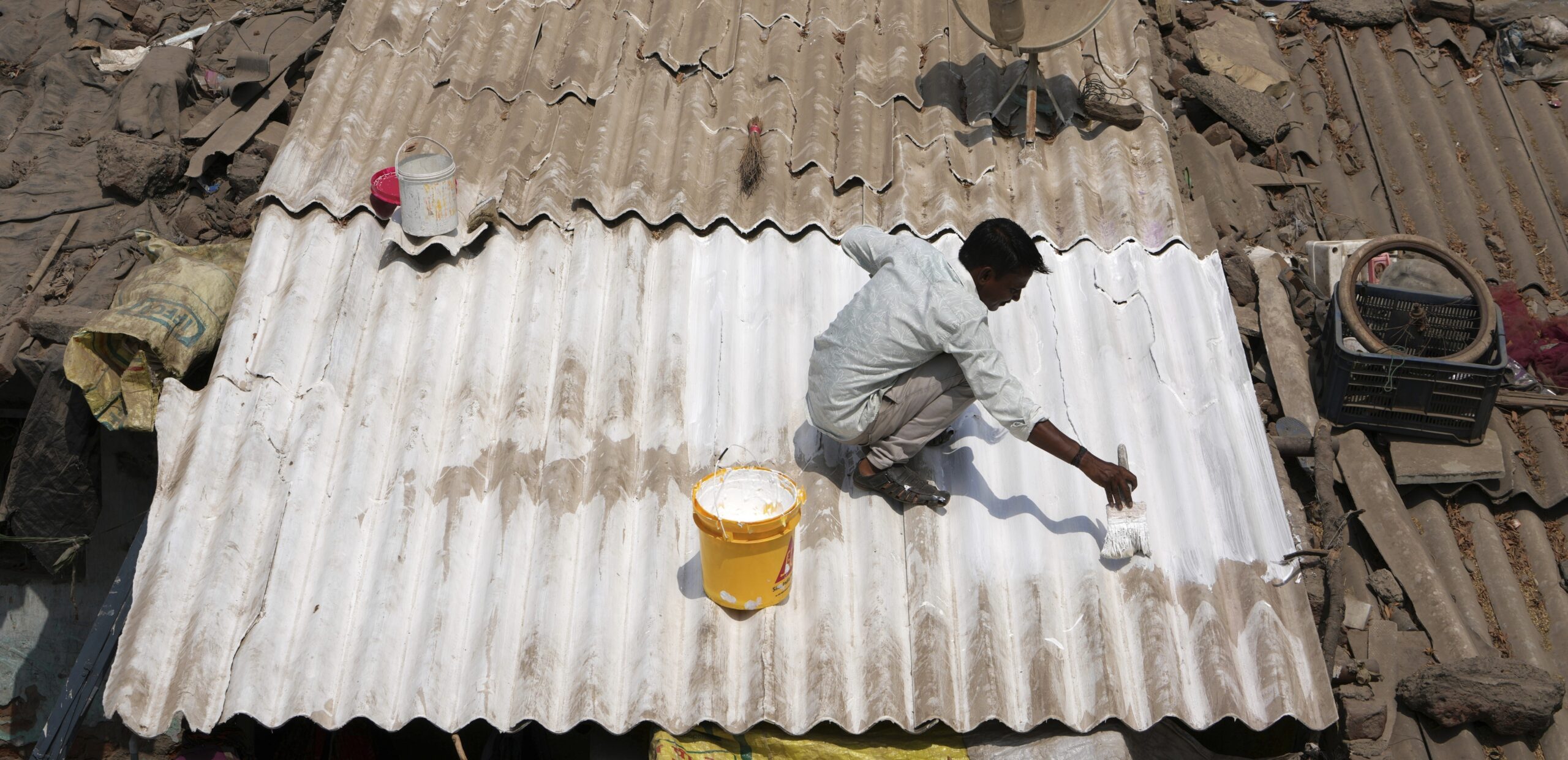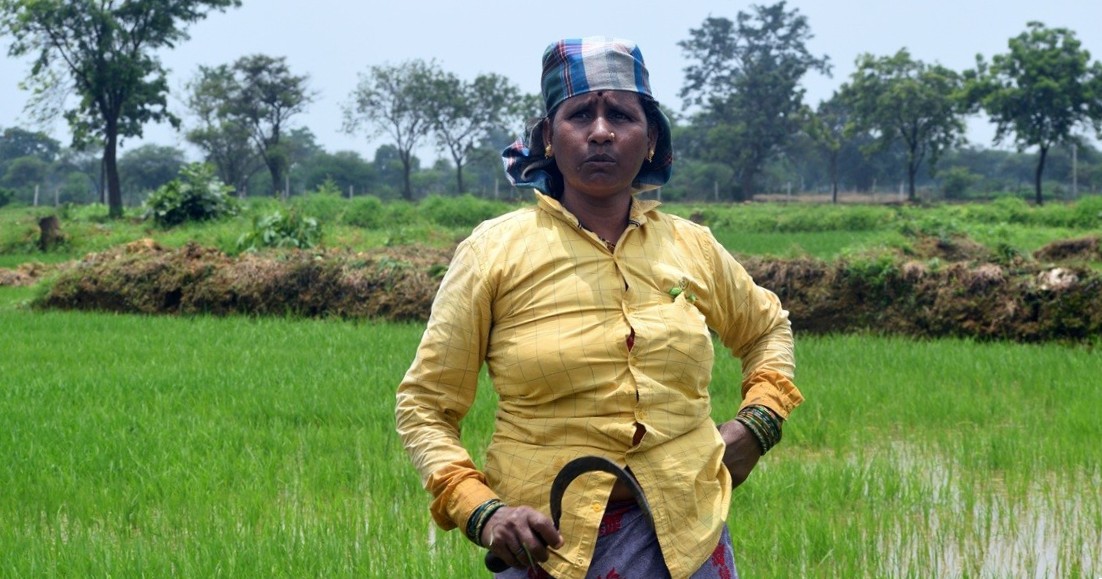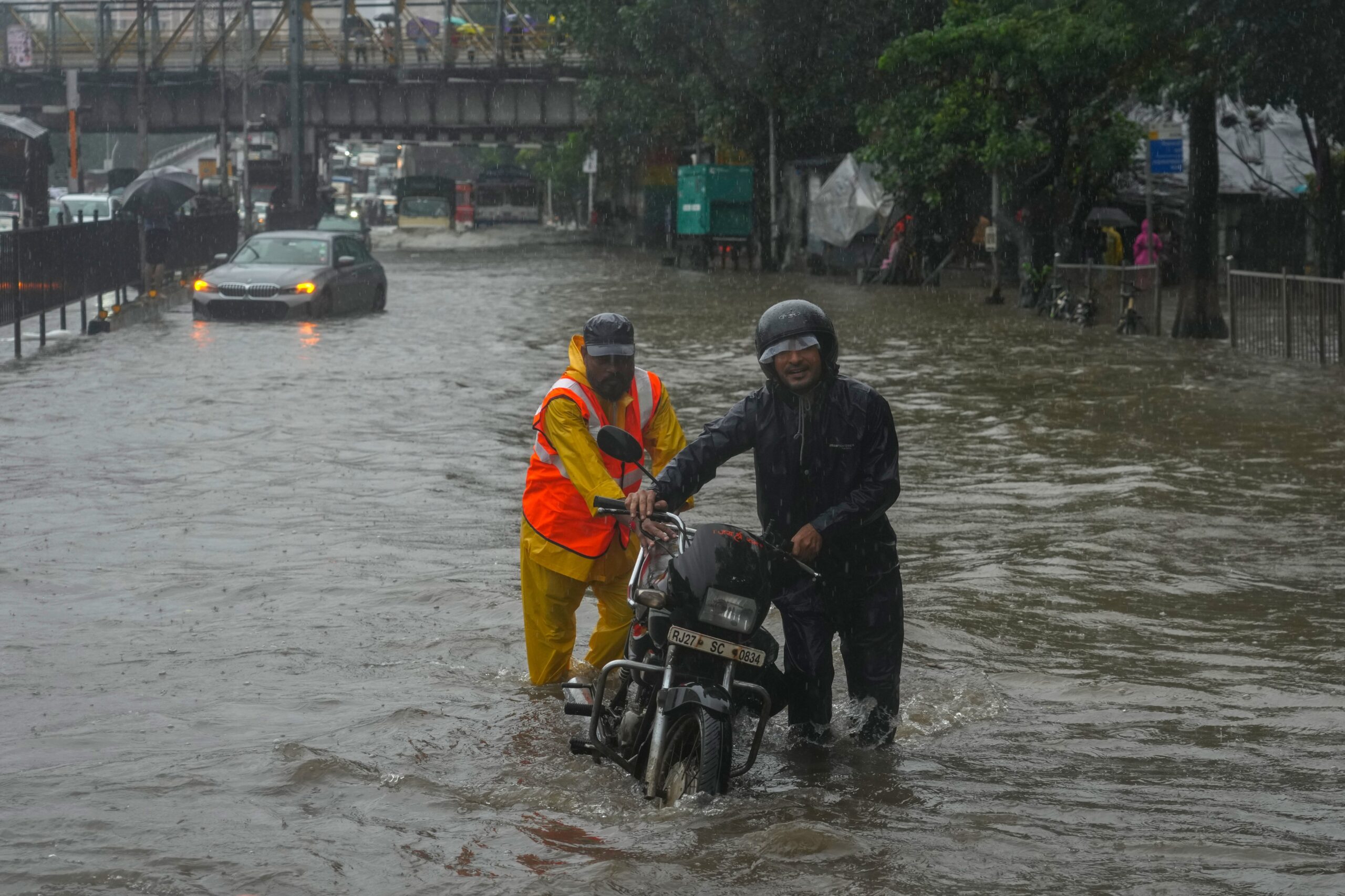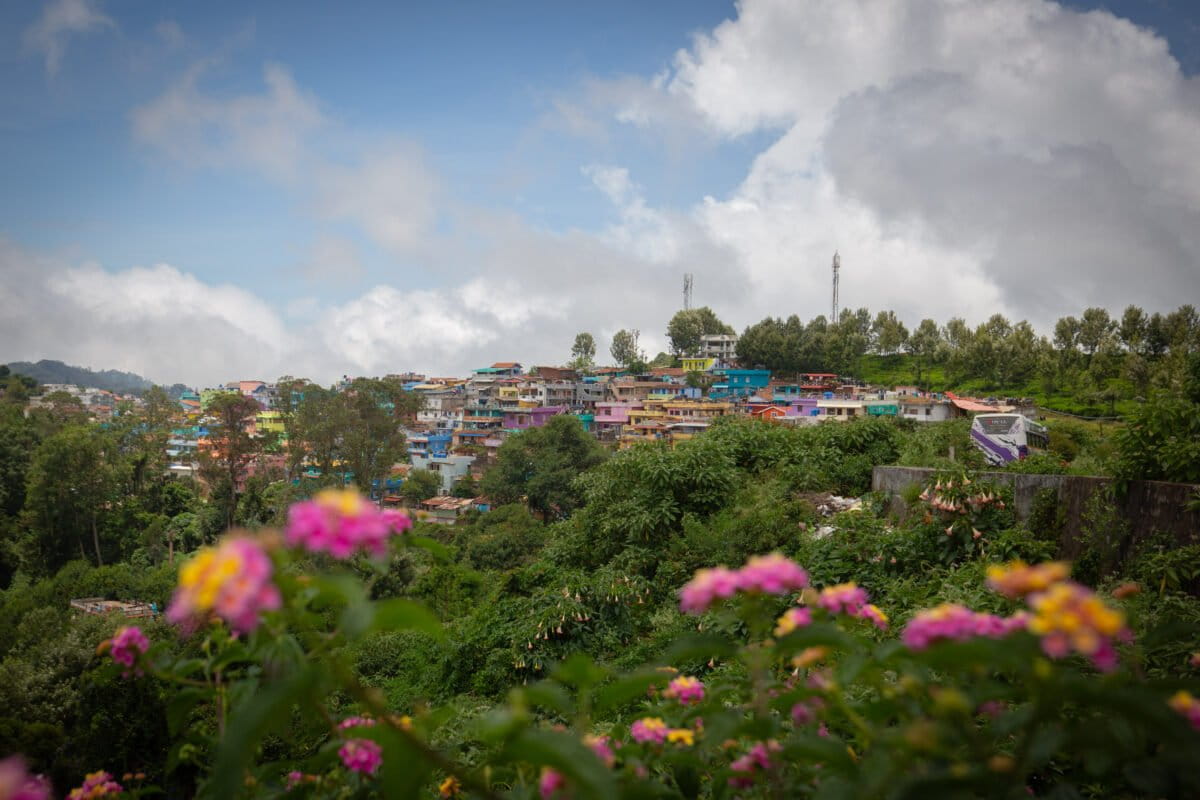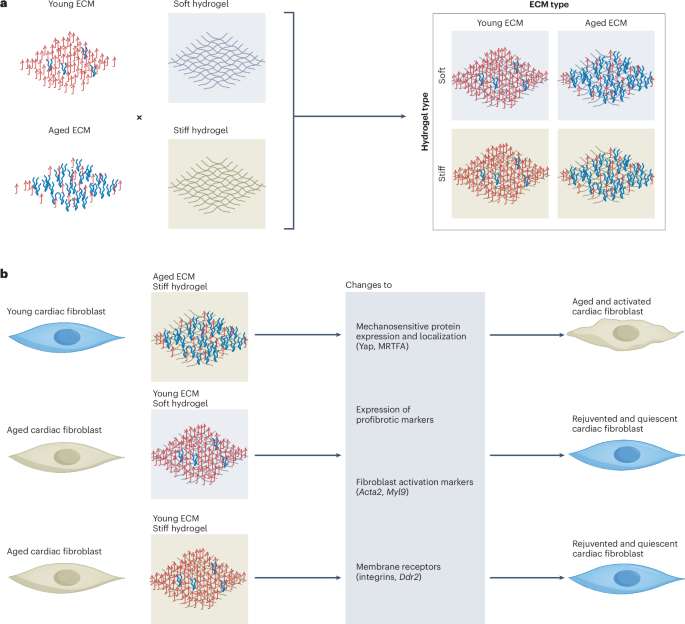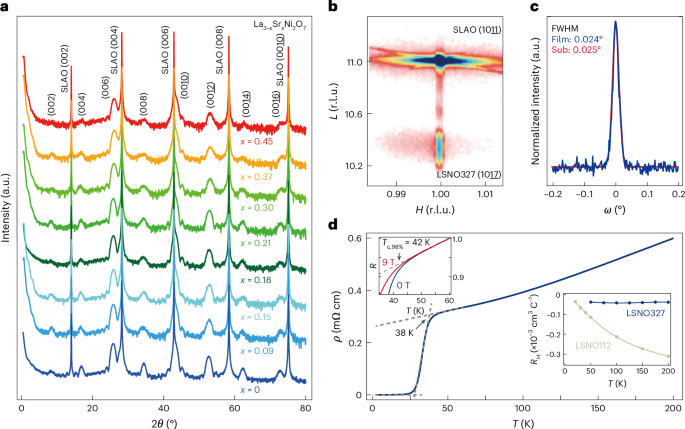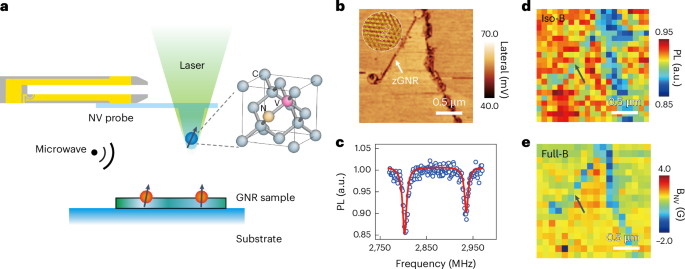
- India received the most development funding for energy in the world in 2024, a report by the International Energy Agency says.
- While renewable energy investments are growing, several structural and operational bottlenecks impede investor confidence.
- Government-backed reforms are attempting to strengthen the weakest links to ensure India’s clean energy targets are financially sustainable.
India was the world’s largest recipient of global development finance funding for energy in 2024, according to the latest World Energy Investment Report.
The country received around $2.4 billion in project-type interventions in clean energy generation, with solar PVs leading the surge, said the report, published by the International Energy Agency in June. A majority of the country’s power sector investment, totalling 3.6% of its GDP, went to clean energy.
Such funding played a catalytic role in bringing India’s share of non-fossil fuel power generation capacity to 50%. On July 14, the government announced it had achieved this key climate goal five years ahead of the 2030 target, demonstrating “the success of visionary policy design, bold implementation, and the country’s deep commitment to equity and climate responsibility.”
However, even as India received a sizable share of global funds, foreign portfolio investments in energy have declined over the past two years, the IEA report says. While the longer-term trajectory has been one of steady growth, structural bottlenecks like grid limitations and financial risks to investors have hampered the fast deployment of clean energy projects.
Surge in foreign direct investment
While the IEA report says foreign portfolio investments in clean energy have declined due to “a range of macroeconomic and sectoral factors,” foreign direct investments (FDI) to the sector have surged in recent years.
“Between 2022 and 2025, FDI has increased from around $1.6 billion to over $4 billion, so 2.5 times in just three years,” said Gagan Sidhu, Director of the Council on Energy, Environment, and Water’s Green Finance Centre. “From 2023 onwards, we saw more aggressive capacity auctions, and tenders designed to address the challenges of increased penetration of variable renewable energy in the grid. That combination accelerated FDI dramatically,” he said.
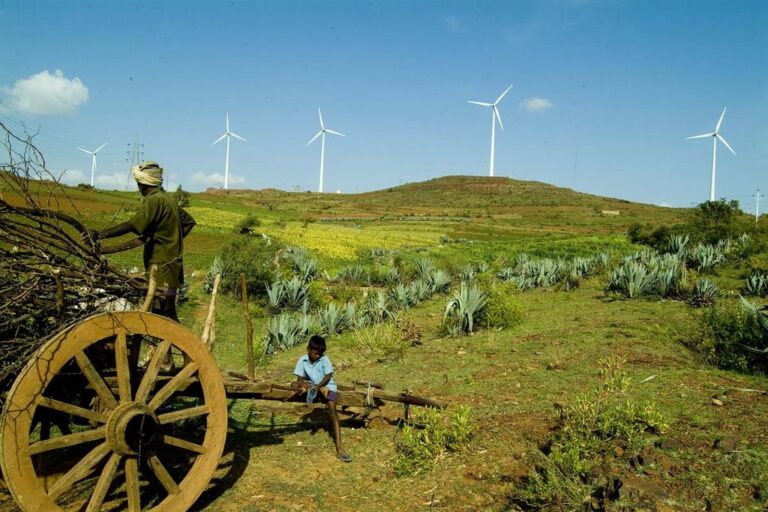
Variable renewable energy sources like solar and wind can lead to grid instability, as they do not produce power consistently through the day. To tackle this, India introduced new tenders — including hybrid and firm and dispatchable renewables — that ensure a continuous supply of power to the grid. Round-the-clock (RTC) tenders, battery energy storage integration, and improvements in payment security mechanisms have contributed to this sharp increase in FDI.
India has also seen the third-largest growth in power generation capacity in the world after China and the United States over the past five years, the IEA report notes. Over half of the total non-fossil fuel investment over this period went towards solar PV.
As of 2023, the largest investors in India’s solar energy sector have been Singapore ($780 million in FDI), United Kingdom ($778.2 million) and Mauritius ($632.5 million), as per data shared by the Ministry of New and Renewable Energy in Parliament.
Improving financial health of distribution companies
India’s cost of capital for grid-scale renewable energy is one of the lowest among its emerging market and developing economy counterparts, making it an attractive destination for foreign investors. However, it is still 80% higher than in advanced economies, the IEA report says. Higher financing costs leading to higher energy prices, land acquisition risk and inadequate transmission infrastructure have affected investor confidence.
Another critical barrier affecting investor confidence is discom debt. As of March 2025, power distribution companies — or discoms — in India owed over $9 billion in unpaid dues to renewable energy generators, the IEA report says.
Several measures like the Ujwal Discom Assurance Yojana (UDAY) have been launched with the aim of improving the financial health and operational efficiency of distribution companies, but it continues to be a bottleneck in the energy transition. The accumulated losses of distribution companies in India stood at $75 billion in 2023, says the IEA.
Fluctuations in the supply of solar and wind energy procured, along with the lack of power storage mechanisms for renewable energy, have caused financial strain on DISCOMs. This has led to offtaker risk, or an inability to pay generation companies fully and on time. Intermittency has also led to a number of power purchase agreements being left unassigned with the Solar Energy Corporation of India (SECI), despite the increase in demand for renewable energy, according to Vibhuti Garg, Director, South Asia, at the Institute for Energy Economics and Financial Analysis (IEEFA).
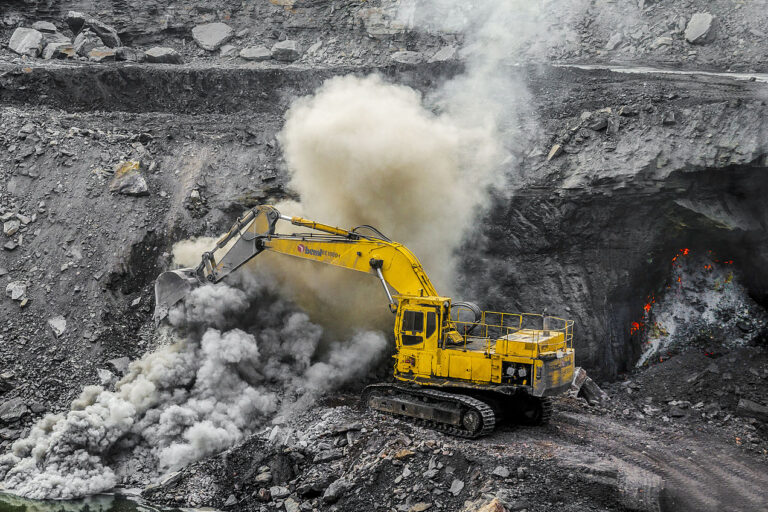
“Discoms are mandated to procure power as per their contractual obligations, but they often fail to honour power purchase agreements, instead turning to costlier or less efficient alternatives. This deters investor confidence,” said Garg. According to her, round the clock availability of power generated by fossil fuels often makes discoms favour it over renewable energy, despite renewable energy’s (RE) cost advantages.
“Discoms, as the primary buyers of electricity in India, are central to the clean energy transition. While they continue to rely heavily on fossil fuel-based power, their role is critical in scaling up renewable energy, which, despite becoming more cost-competitive, requires storage and grid support to ensure reliability and meet demand effectively,” she added.
Improving payment security
The Ministry of Power as well as agencies such as the SECI — responsible for implementing the government’s solar and other renewable energy schemes — have introduced measures to mitigate offtaker risk and restore investor confidence.
According to Garg, payment delays to developers were a major challenge straining cash flows, making it difficult to meet interest and other financial obligations. However, measures by the Ministry of Power — such as enforcing rules that bar non-paying discoms from accessing power exchanges — have improved payment discipline. The SECI, too, has introduced payment security measures which have improved the certainty of payments by discoms.
Sidhu also highlighted the value of having reliable central intermediaries. “India has over a hundred discoms, and for foreign investors, understanding the differences between them can be daunting. The presence of four central renewable energy implementing agencies such as SECI, NTPC, NHPC, and SJVN — which are quasi-sovereign counterparties for 25-year power purchase agreements and power sale agreements — provides significant comfort to investors.”
The government now has its eyes trained on the next target of installing 500 GW of non-fossil fuel capacity by 2030, having already achieved the installation of 234 GW.
Such goals “gives long‑term investors’ confidence that if they put money in today and climb the learning curve, there will be plenty more capacity to finance tomorrow,” said Sidhu. “These India‑specific policy tweaks, structured around how power is generated and ultimately sold, have sharpened the investment case for renewables.”
Read more: India’s central bank recommends pooling viable projects to attract climate finance
Banner image: Workers install solar panels in Karim Shahi village, Bhuj district, Gujarat in 2023. India received around $2.4 billion in 2024 for project type interventions in clean energy generation, with solar PVs leading the surge. (AP Photo/Rafiq Maqbool)



